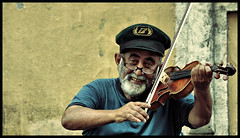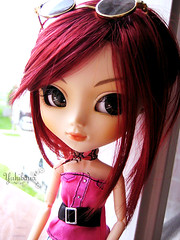Coming out of it, I feel light, and relaxed, and soft, and clear, any tiredness or weight lifted from my face, and I’m ok. I don’t need anything. I don’t need to eat. I feel hungry but I don’t care. The sounds of the evening seem soft to me, the noise of the enormous roundabouts doesn’t touch me.
I felt like I was inside a Secret Life of Londoners reality TV show in there. You don’t see this side of people on the tube, in the pub, in Tescos. It was beautiful.
It was a really mixed crowd. There were the young svelte dancer women. There were two old men with long hair and longer beards. A guy with learning disabilities. The most ethnically mixed group of people I’ve been in for a very long time, if ever. Maybe 40 of us in total.
People were really playing with their bodies. Having conversations with each other in movement, silly movement, beautiful movement, strange movement, honest movement. I saw a young man no older than 20, strong body, mixed race, tattoos, grade 4 shaved haircut, having the most delightfully playful movement conversation with a pretty woman with soft hair and graceful movements, in her early 30s.
I struggled to get into it at first. One guy was leading the warm up and I tried but, ak, actually I just wanted to crouch in the corner. So I did. Maybe I wanted to go home. Too tired to move. I went to the loo. On the landing there was a dancer dancing with a woman in a wheel chair, with no music. There was a calm, dreamy quality to the pair. Near to them was a woman who may or may not have learning disabilities, it was hard to tell, dancing with the sofas. Now that looked fun.
I went to the bathroom. Big. Empty. Big mirrors. Washing my hands. I started to move. My reflection danced back at me. Humm. Bigger movements. She danced back. I spun across the room. I’m a dancer! My reflection tells me so. I’m moving! Tonight I’m a dancer! I go back upstairs. I’m going to give it one more go.
I walk in the room and it’s a different guy now, and he’s fantastic. He’s this guy, Andreya Ouamba.
He gave us no abstract concepts to work with, just really simple movements to play with. Ah! I’m a dancer! Somehow I feel right in the middle of my aliveness. Everything feels right. I can’t wipe the grin off my face so people grin back at me, and engage with me, and start dancing with me. I had several cracking dances with people, the best two were with one of the old beardy guys, and with a man who didn’t have any forearms, he just had hands coming out of his elbows.
I’ve never danced with a disabled person before, but I’ve danced with pretty old men before and there’s something just fantastic about old men. It’s like, they’ve stopped giving a monkeys, they just want to have a good time and they’re relaxed and playful and free and supercool to dance with.
That dance studio is doing something really right.



























